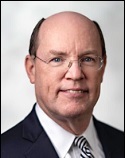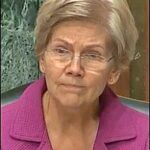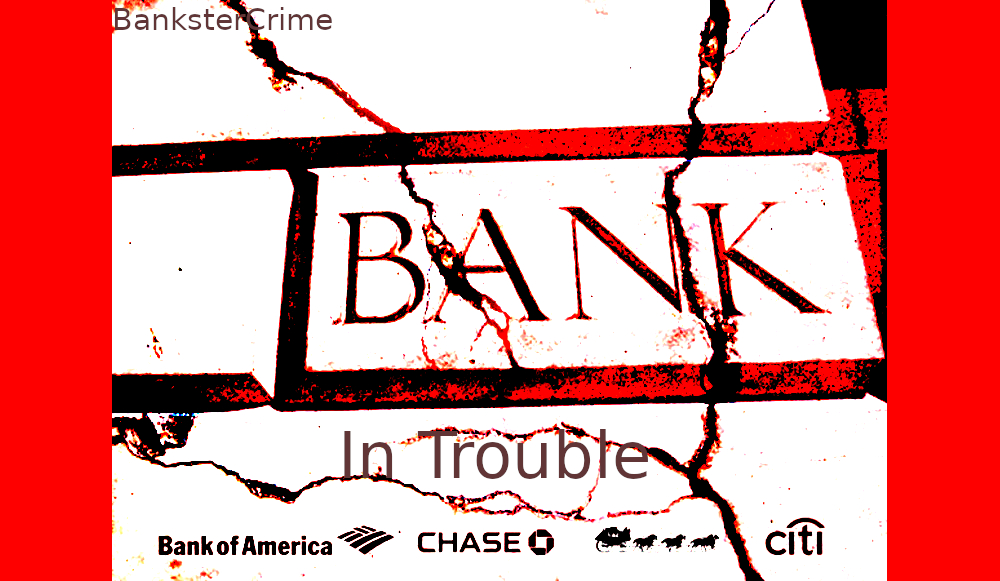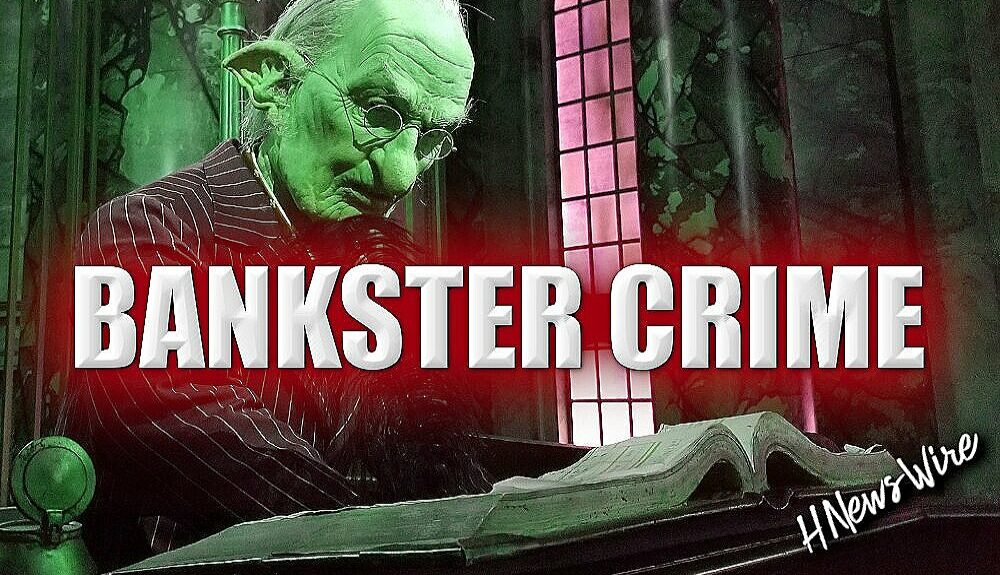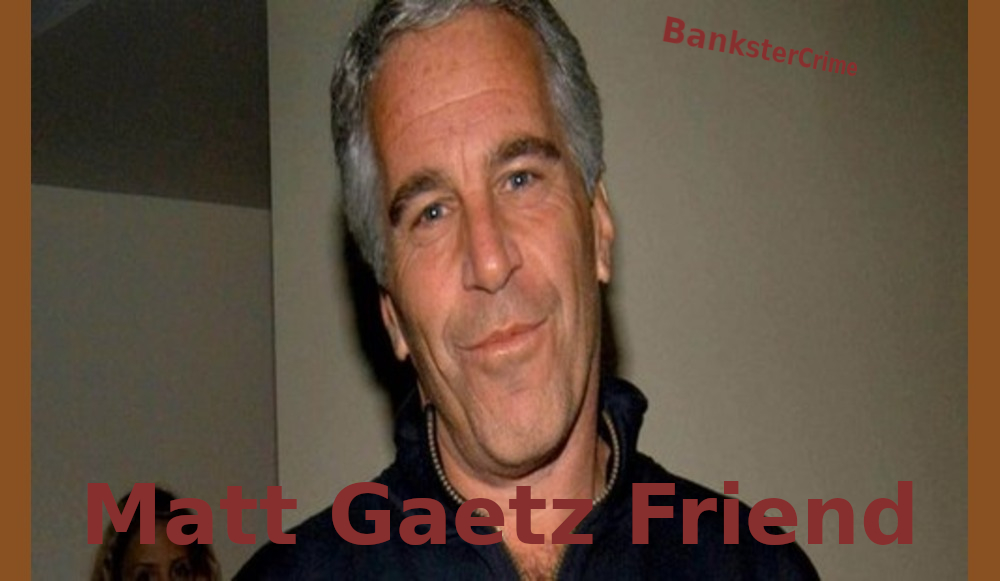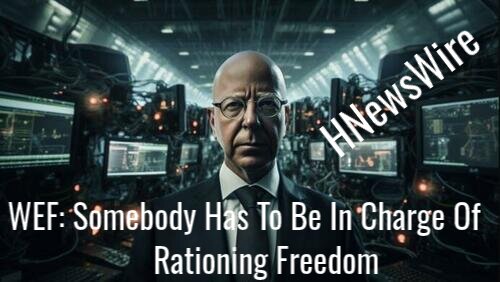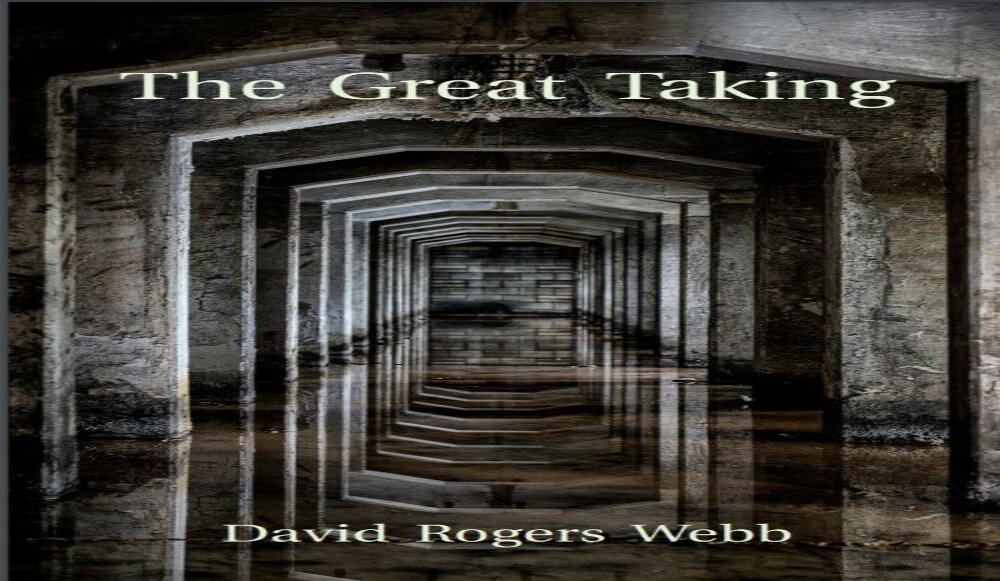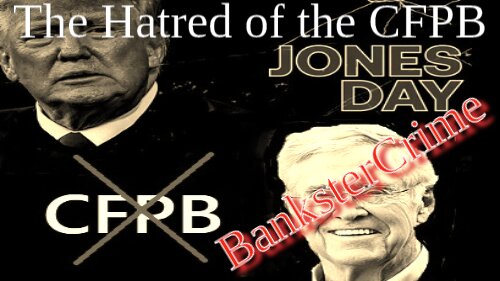Grab an Easy Chair and Watch 21 Experts Explore the Path from the Collapse of Lehman Brothers to This Spring’s Banking Crisis to the Urgency of Defanging the Mega Banks

BanksterCrime:
By Pam Martens and Russ Martens: September 12, 2023 ~
The outspoken nonprofit watchdog, Better Markets, and its co-founder, President and CEO, Dennis Kelleher, have planned a unique full-day webinar for tomorrow from 9:30 a.m. to 5:00 p.m. ET. (Register here at no cost. You do not need Zoom to watch the program.)
For millions of Americans who understand that the U.S. cannot remain a superpower, or even compete effectively on the world stage without a first-class banking system and a properly functioning Wall Street, this is an opportunity to hear from people who have been on the front lines of the battle for genuine reform for decades. Wall Street On Parade has covered the efforts of many of these individuals over the years.
This virtual conference of some of the smartest minds in the country when it comes to banking and Wall Street could not come at a more critical time. The second, third and fourth largest banking failures in U.S. history occurred this spring – with the FDIC taking the drastic step of bailing out uninsured depositors alongside insured depositors in order to stop the kind of systemic contagion that erupted with the fall of Lehman Brothers in 2008.
In the midst of the spring banking crisis, the Federal Reserve stepped in with yet another financial bailout program called the Bank Term Funding Program (BTFP), sounding a lot like the alphabet soup list of programs the Fed set up in the aftermath of the Lehman collapse. The Fed is already the lender of last resort to banks with short-term loans from its Discount Window, but, apparently, the banks were demanding long-term loans – something that the Federal Reserve Act has never envisioned as a legitimate role for the Fed. And yet, under the BTFP, the Fed will provide loans of up to one year and will value the bonds put up as collateral at par (full face amount) instead of at their deeply underwater market value. According to the Fed’s weekly H.4.1 report, as of last Wednesday the Fed’s BTFP had loans of $107.86 billion outstanding.
Equally problematic, the interim bridge banks that the FDIC established for the banks that failed this spring have loans outstanding to the Fed totaling $133.8 billion as of last Wednesday. (See “Other credit extensions” and footnote 7 on the H.4.1 report.) Our sources tell us that federal regulators don’t want to liquidate the collateral backing these loans in order to pay off the loans because it would simply put more downward pressure on bond prices. (As the Fed has raised interest rates at the fastest pace in 40 years, the market value of existing bonds whose fixed rates of interest were set when rates were near zero, has dramatically declined. This has left U.S. commercial banks with $558.4 billion in unrealized losses as of June 30 on their investment portfolios, consisting of primarily U.S. Treasury securities and government-guaranteed mortgage-backed securities, according to the FDIC.)
The bigger problem at the Fed, of course, is that it is also sitting on a deeply underwater bond portfolio of $7.49 trillion as of last Wednesday, as a result of its so-called “Quantitative Easing” programs that started after Lehman Brothers and its Wall Street brethren blew up Wall Street in 2008. The Fed bought up all those bonds in order to create an artificially low interest rate environment – the only environment in which these behemoth Frankenbanks on Wall Street could hope to survive. Even with that, the Fed has lurched from one banking crisis to the next since 2008 with bailouts following in short order each time.
The Better Markets webinar will feature a number of people who are familiar to readers of Wall Street On Parade. Senator Elizabeth Warren, a long-term critic of Wall Street mega banks and a strong voice on the Senate Banking Committee, will deliver the opening remarks. For the lonely investigative role that Senator Warren has been forced to play on numerous occasions, see our report: The Senate Banking Committee Has Subpoena Power; So Why Has Senator Elizabeth Warren Been Left to Investigate on Her Own?
Art Wilmarth, the author of the seminal work on the dangers facing the U.S. financial system from the Wall Street mega banks, will also be participating in the Better Markets webinar. Wilmarth wrote the critically-important Taming the Megabanks: Why We Need a New Glass-Steagall Act, which is essential to any hope of understanding the historic underpinnings of how the banking system landed in the mess it’s in today.
Two men who worked in the bowels of Wall Street and then exposed its dark underbelly as authors will also be participating: Frank Partnoy and William Cohan.
Partnoy, now a law professor at UC Berkeley School of Law, has the unique knowledge base of a Wall Street veteran. Partnoy worked in the 90s as a derivatives structurer at Morgan Stanley and CS First Boston and wrote the Wall Street classic, F.I.A.S.C.O.: Blood in the Water on Wall Street. Another essential read from Partnoy is Infectious Greed: How Deceit and Risk Corrupted the Financial Markets.
William Cohan is a former investment banker at multiple Wall Street firms, including JPMorgan Chase. He wrote Money and Power: How Goldman Sachs Came to Rule the World and House of Cards: A Tale of Hubris and Wretched Excess on Wall Street, along with numerous other books, newspaper and magazine articles dissecting Wall Street. Cohan is certain to have interesting things to say about today’s situation.
Another man who has warned about the fragility of the banking system for decades and will be participating in the webinar is Thomas Hoenig, the former Vice Chair of the FDIC from 2012 to 2018 and President of the Kansas City Fed from 1991 to 2011. As we reported at the time, in a talk before the Boston Economic Club in 2014, Hoenig made the following points, all of which are more important than ever today:
Mega banks are now “larger and more complex than they were pre-crisis”;
“The eight largest banking firms have assets that are the equivalent to 65 percent of GDP”;
“The average notional value of derivatives for the three largest U.S. banking firms at year-end 2013 exceeded $60 trillion, a 30 percent increase over their level at the start of the crisis”;
The largest banks are “excessively leveraged with ratios, on average, of nearly 22 to 1”;
Taxpayer bailouts have not ended under Title II of Dodd-Frank and, most likely, not under Title I as well;
Smaller regional banks “are smothering under layers of new regulations” even though they are holding “significantly higher levels of capital than the largest banking and financial firms”;
Breaking up the mega banks – separating the insured depository institution from trading activities – “might be the better choice.”
The only fault we can find in that last sentence are the words “might be.” Separating casino trading houses on Wall Street from the nation’s federally-insured commercial banks is no longer subject to debate. It is critical to the economic survival of the United States of America.
For the full lineup of keynote speakers and panel participants at the Better Markets’ event click here.
Revelation: A Blueprint for the Great Tribulation


A Watchman Is Awakened


Will Putin Fulfill Biblical Prophecy and Attack Israel?

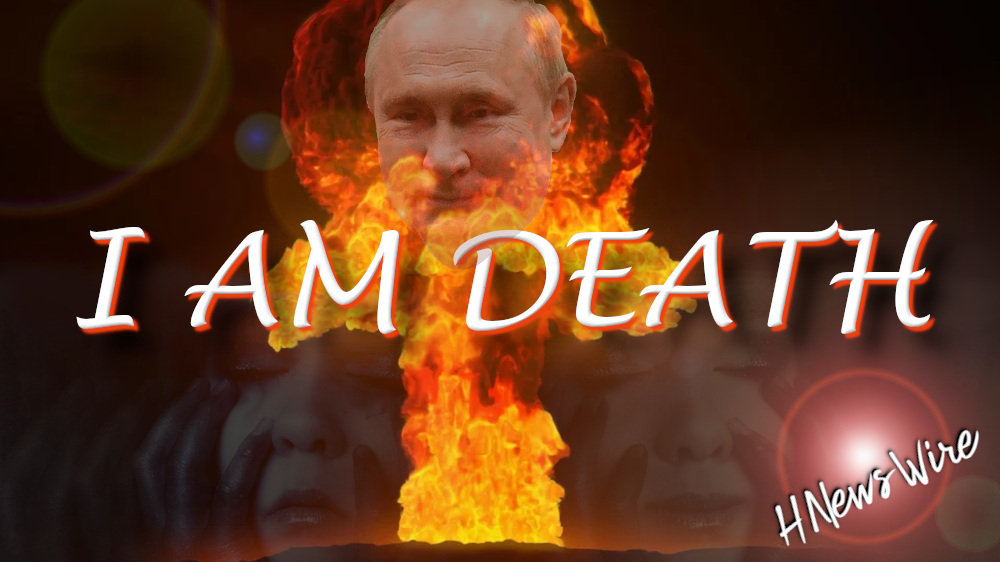

Newsletter
Orphans

Editor's Bio


